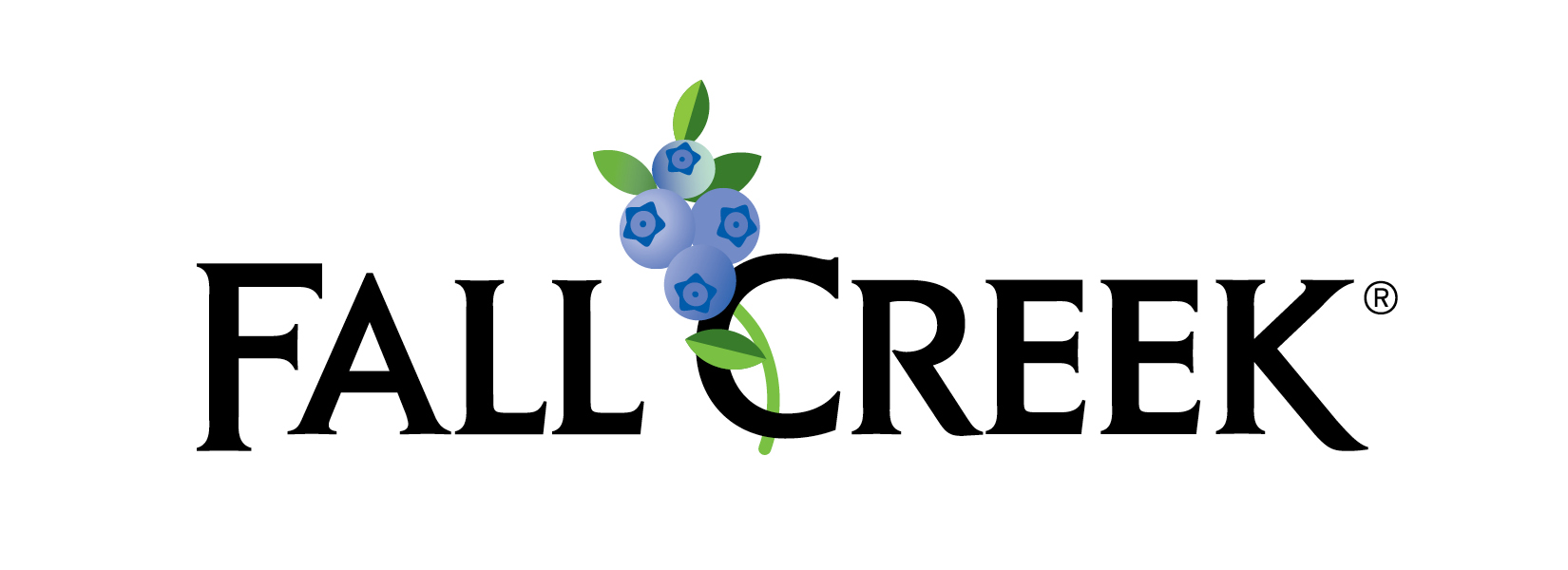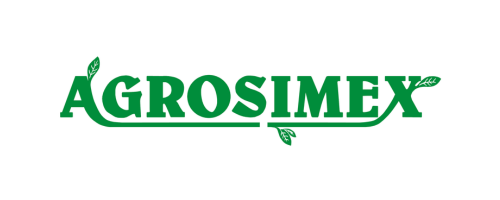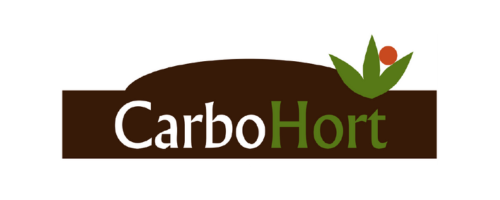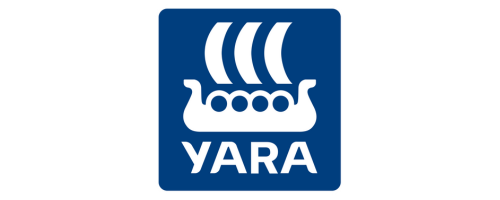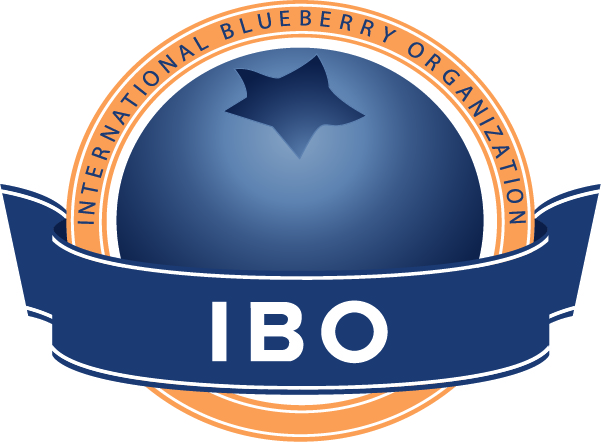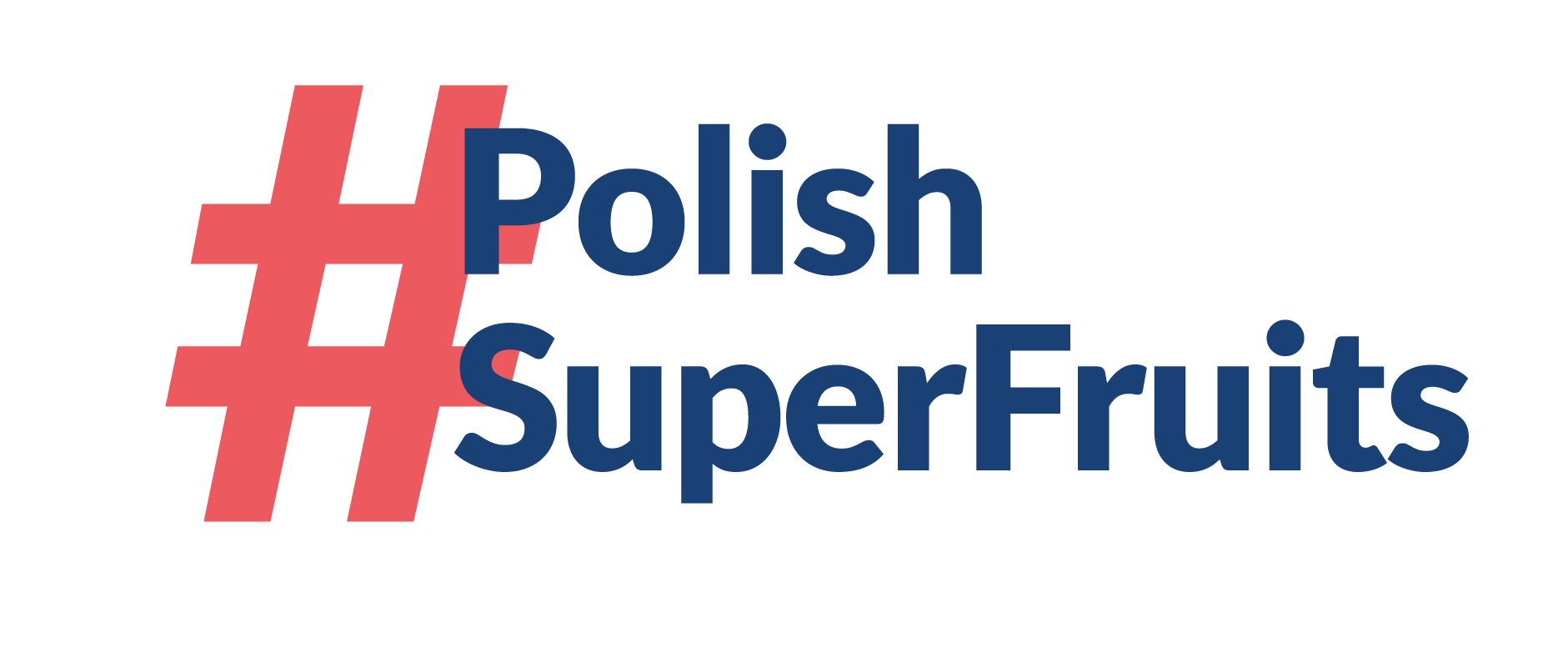Strategies for Success for Blueberry Growers in Poland
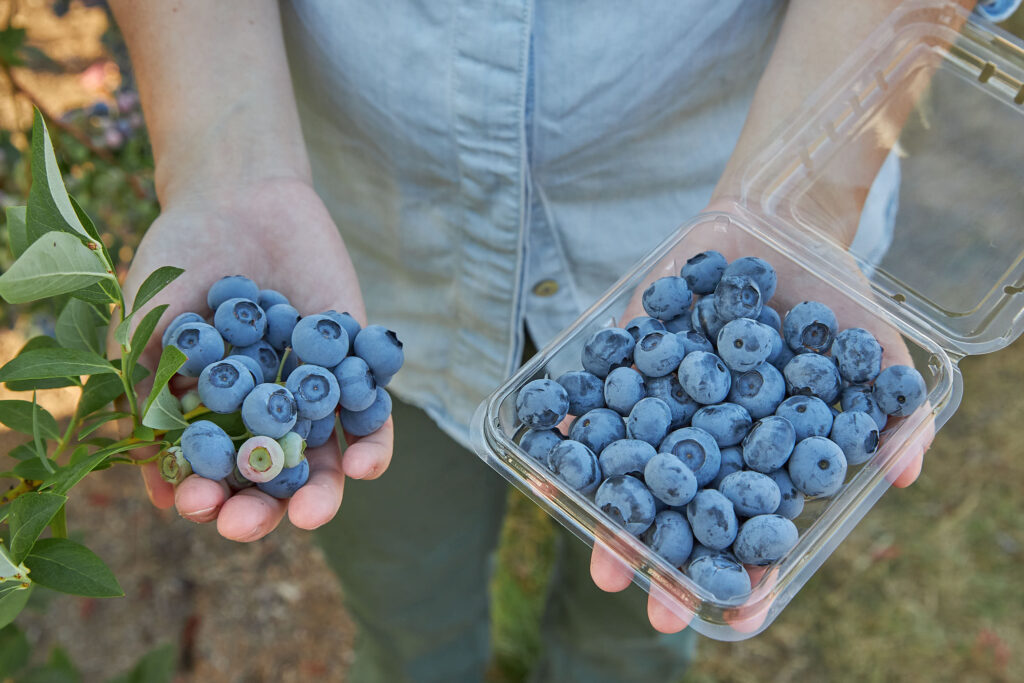
All over the world, people are eating more blueberries than ever, with new consumers enjoying the fruit for the first time every year. Research and positive media coverage of the health benefits of blueberries have bolstered demand. World production of blueberries has reached roughly 1 million metric tons in 2020, according to the International Blueberry Organization, with approximately two thirds of the production for fresh and one third for processed/frozen purposes. While roughly double the global production of 2012, global blueberry volume is still roughly 10% of global strawberry volume, based on figures from the Food and Agriculture Organization (FAO) of the United Nations.
The United States, Canada, and Chile have historically been the largest blueberry producing regions, with Peru, Mexico, Spain, and Poland rising as important sources of year-round global supply. The U.S. remains the largest market, consuming roughly 60% of the global crop with 38% household penetration (roughly half of strawberry household penetration, for comparison). Per capita consumption in Europe continues to rise, though it is far lower than U.S. per capita consumption.
The blueberry market in Europe is projected to register a compound annual growth rate of 2.4% through 2025, according to industry forecasts from Mordor Intelligence and other firms. The major producers of blueberries in Europe include Spain, Poland, Germany, Portugal, Netherlands, France, and others – in that order. Germany, the United Kingdom, Spain, Netherlands, France, and Austria are some of the major importers of blueberries in Europe.
There are an estimated 2,000 blueberry growers in Poland, the vast majority of which have small or medium sized farming operations. About 70% of growers in Poland plant less than five hectares of blueberries each and another 17% plant less than 10 hectares, according to recent data published in jogdnik.pl.
These growers face steep competition for labor from neighboring countries as well as increasing expectations for blueberry quality, including taste, firmness, and shelf life, from local and international retailers and consumers – while pricing pressure continues.
The FAO’s food price index has risen for the past seven months, with annual prices capping the highest average in three years, Bloomberg reports as of early 2021. Still, costs remain well below peaks in 2008 and 2011, when soaring prices caused political and economic instability around the world and grain-export bans tightened supply. “Commodity price inflation is very real, but we’re still nothing like a decade ago,” said Tim Benton, research director in emerging risks at Chatham House in London. “I am reasonably confident that it’s not going to lead to big things as per a decade ago. But still, Covid has the potential to upset things in terms of flows of goods, in terms of access to labor.”
With some changes in shopping habits prompted by the COVID-19 pandemic, retailer and consumer expectations for blueberry taste and firmness have only strengthened. With lower shopper frequency, customers have been buying berries in larger (typically 500g) format bulk packaging, which necessitates longer shelf life, firmer fruit. In general, retail sales of fresh produce in the Europe, Middle East, and North Africa (EMEnA) region have increased since the start of the pandemic and consumption of blueberries has increased faster than other fruit. Online shopping for fresh fruits and vegetables grew 200 to 400% in European countries. In addition, the demand for organically grown blueberries was higher than available supply in Germany.
So, while there are certainly challenges, there is still opportunity for blueberry growers. An investment in new plant varieties and mechanized harvesting equipment could help growers in Poland to improve product quality, extend their growing season, and increase exports, making the return-on-investment pencil out and providing significant competitive advantage while addressing the labor shortage. Furthermore, opportunities exist for small growers to work together – through cooperative business models as they have for packing operations, for example – making it easier to afford harvesting automation.
Updating regional varieties
Poland has older varieties of blueberries planted in its fields. Currently, three blueberry varieties account for 70% of the hectares planted, with more than half planted with the Bluecrop and Duke varieties (26% each) and another 18% with the Chandler variety. All other varieties comprise 5% or less each of total hectares planted, as reported by jagodnik.pl.
“There is a global concern about the viability of Blue Crop and Elliott varieties,” says Cort Brazelton, co-CEO of Fall Creek Farm & Nursery, Inc., a global blueberry breeding and nursery company. “As in any produce business, growers work so hard on their farms to produce good quality fruit. In blueberries, it is not uncommon to pick and pack a quality product that doesn’t equate to quality on the shelf or the consumer’s table,” says Brazelton. “If we’re going to grow the category and preserve pricing acceptable to producers and economical to growers, we must be ever more focused on the blueberry quality delivered to consumers.”
To address these concerns, growers can start planning now to replace underperforming older varieties with newer varieties that have provided higher quality fruit and yield, as well as those that offer a longer blueberry growing season.
“Recognizing it takes many years to gain confidence in a new variety in new geography, current trials to date indicate that these new varieties could show potential to meet grower agronomic needs and the quality the market demands,” says Brazelton. “So, we recommend that growers look at all the information. New varieties present exciting opportunities and new risks as there is always a lot to learn. Those opportunities and risks need to be weighed against the risk of continuing with cultivars that today struggle to achieve market acceptance and in future will struggle more so. In regions like Poland and eastern Europe, it does take several years to enter commercial production. Growers should consider this when planning for the medium and long term.”
As an example, Fall Creek’s Valor variety is an alternative to Blue Crop and Chandler varieties. Valor offers good tasting fruit with better firmness and higher yield compared to Blue Crop. Cargo is another possible replacement for the older Chandler variety because it offers more acceptable shelf life and yield and firmer fruit than Chandler. Last Call is an alternative for Elliott and Aurora varieties and considered the best tasting late season variety, well suited for growers in Poland who are interested in extending the season for export potential. Some of the country’s larger growers are already planting Last Call. Since each of these alternate varieties are available in Fall Creek’s open catalog, they also are accessible to small and medium growers.
Start with the best stock
Fall Creek starts with tissue culture from disease indexed, ‘true to typed’ baseline material for its blueberry plants – not vegetative cuttings like many nurseries in Poland. This “clean stock” is less susceptible to disease, results in more reliable varieties, as well as uniform fields since the plants grow into bushes sooner than cuttings.
“As in other crops, the risk of traditional propagation techniques by cutting puts the entire industry at great risk for pathogens and results in underperforming plants. However, tissue culture is not a solution alone,” explains Brazelton. “Errors in tissue culture can result in physiological defects. Adherence to quality assurance protocols is critical to plant quality. Tissue propagation doesn’t guarantee plant material is free of pathogens. Fall Creek has come to this realization over the years and has invested heavily in a clean plant genomics system. It’s a standard to which all propagators in all crops have a fiduciary responsibility to deliver disease free material to growers.”
The company has conducted trials with many new varieties in Poland and will have more data to share soon. Fall Creek evaluates new varieties and advanced selections from its breeding program in more than 20 sites globally before and after release to help reduce grower risk and prove material faster for growers. In addition to the latest trial results, Fall Creek’s grower support team provides technical information to grower customers on an ongoing basis. The company has sites worldwide, so can share experience with variety performance from other regions with similar climates and growing conditions. Polish growers may benefit from the experience of other Fall Creek grower customers in the Pacific Northwest of the United States and in southern Chile, for example.
The promise of automation
Growers throughout Europe face a shortage of labor and the issue is particularly acute in Poland for small and medium growers who compete with higher wages offered by neighboring countries. Mechanical harvesting equipment offers a solution to the labor shortage if combined with the right blueberry varieties planted with appropriate spacing to accommodate the machinery.
The cost of equipment can be a concern for small and medium growers. However, the cost of manual labor to pick fruit is already a major expense for growers. Other crops including lettuce and table grapes offer examples of a successful transition from manual to mechanized harvesting and packing. In the lettuce industry, the payback on equipment averaged about three years, which put the investment within reach for some growers. Fall Creek’s Hans Liekens spoke on the topic last year at the International Blueberry Conference in Poland and recommends the strategy for growers with more than five hectares of blueberry plantings.
In the future, the company envisions more small growers working together to invest in mechanized harvesting equipment, either via the cooperative business model or mergers. Many growers in Poland are already working together in co-ops to package fruit for retail sale, so the infrastructure exists.
“Mechanical harvesting for fresh produce is one of the most important issues for our company and should be for our industry,” says Brazelton. “It’s clear we need to address labor costs in the varieties we offer. We have experienced some success in mechanical harvesting commercially at scale in the Pacific Northwest in the U.S. and we look forward to sharing more information soon.”
Export opportunities for Poland
Local and internationally owned retail grocers and supermarkets all want high quality fruit in terms of taste and shelf life. In Poland, local blueberry consumption is increasing, where growers have evolved from wholesaling out of the back of their trucks to direct-to-retail sales. However, the bigger opportunity for local growers is in exports to neighboring countries, to which they can offer a lower carbon footprint than imports from outside the continent. Sustainability continues to grow in priority for many European retailers and is increasingly top of mind for consumers as well.
For blueberry growers in Poland, the opportunity to increase exports comes down to timing, i.e., when fruit is available more than how much. To meet retail blueberry demand from Germany, the United Kingdom and Scandinavian countries where consumption is higher, for example, growers in Poland need to extend the season with new varieties that also meet expectations for quality. In turn, those sales can support the investment in mechanized harvesting equipment.
“Poland has a long-established history as an important blueberry producer in Europe and the world,” says Brazelton. “The industry has grown, and change is underway. The keys to past success will be different than the keys to future success. As the blueberry industry moves from a focus on supply creation to competitive delivery of high-quality fruit to the market, the opportunity is to become ever more focused on the consumer blueberry experience. The more access consumers have to high quality blueberries, the more potential we have as an industry on the supply side to realize sustained growth and profitability.”
For more information, contact Hans Liekens, Fall Creek’s commercial manager for EMEnA, at HansL@fallcreeknursery.com.


